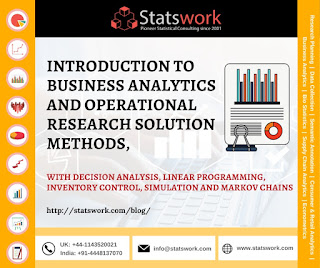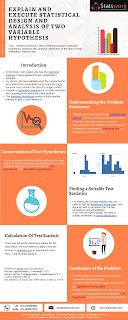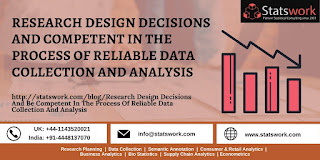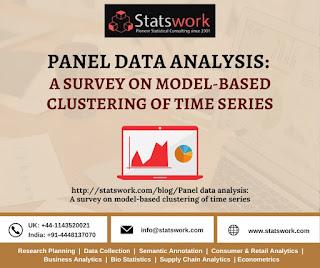Introduction To Business Analytics And Operational Research Solution Methods, Including Decision Analysis, Linear Programming, Inventory Control, Simulation And Markov Chains – Statswork

In modern years, there is a growing demand in the field of business analytics . It actually means that what outcome we should get in business from the data to make better decisions. This is often sound like relating a business problem to an operation research problem. However, there is often a question that arises in connecting the business analytics to the operation research problem. In this blog, I will explain to you the meaning of business analytics and how it is related and useful in the operation research methods or decision making including linear programming, inventory management, simulation, and Markov Chains. Analytics are used to identify (i) what has happened? (ii) What should happen? And (iii) what will happen? In the business. These three forms of question are categorized into Descriptive, Prescriptive and Predictive analytics respectively. Apart from the benefits and uses of business analytics, the main goal of business analytics is to identify which dataset wi


